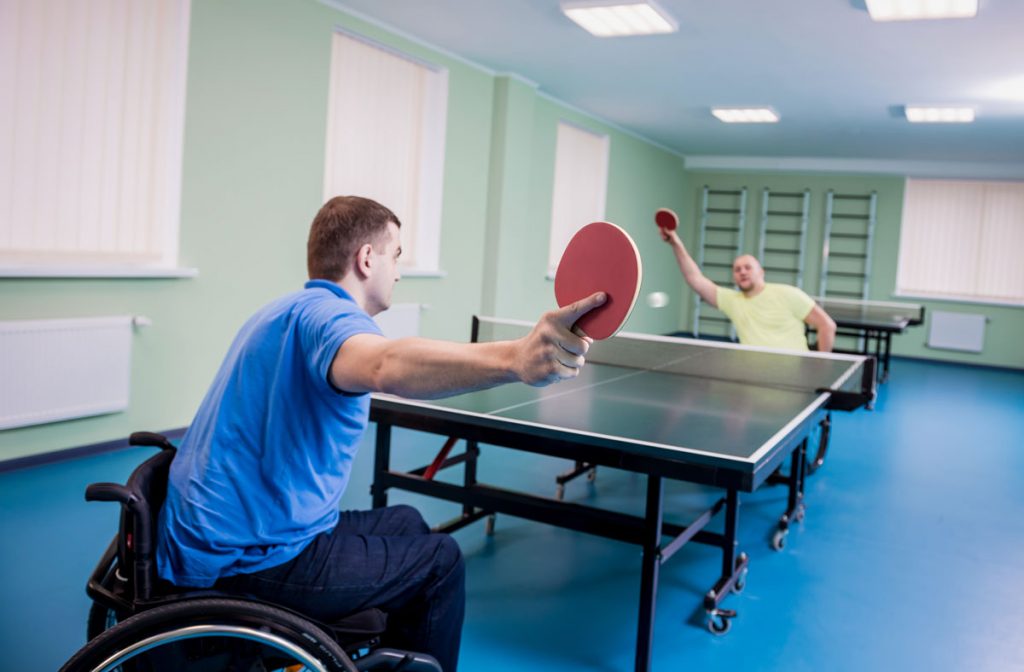Some Known Details About Dementia Fall Risk
Some Known Details About Dementia Fall Risk
Blog Article
Dementia Fall Risk Fundamentals Explained
Table of ContentsNot known Factual Statements About Dementia Fall Risk The Definitive Guide to Dementia Fall RiskUnknown Facts About Dementia Fall RiskDementia Fall Risk Can Be Fun For Anyone
A fall risk evaluation checks to see just how most likely it is that you will certainly fall. The assessment normally includes: This consists of a series of inquiries concerning your general wellness and if you have actually had previous drops or troubles with equilibrium, standing, and/or walking.STEADI consists of testing, assessing, and intervention. Interventions are suggestions that might minimize your threat of falling. STEADI includes 3 actions: you for your danger of falling for your threat factors that can be enhanced to attempt to avoid drops (for example, equilibrium troubles, impaired vision) to reduce your danger of falling by making use of effective strategies (for instance, giving education and sources), you may be asked numerous concerns including: Have you dropped in the previous year? Do you really feel unstable when standing or walking? Are you bothered with dropping?, your supplier will test your stamina, balance, and stride, making use of the adhering to fall assessment devices: This examination checks your stride.
If it takes you 12 secs or even more, it might suggest you are at greater threat for an autumn. This examination checks stamina and balance.
Relocate one foot halfway ahead, so the instep is touching the big toe of your various other foot. Move one foot totally in front of the other, so the toes are touching the heel of your other foot.
Some Of Dementia Fall Risk
A lot of falls happen as an outcome of numerous contributing aspects; therefore, taking care of the danger of falling starts with determining the variables that contribute to fall danger - Dementia Fall Risk. A few of one of the most appropriate threat variables consist of: Background of previous fallsChronic clinical conditionsAcute illnessImpaired stride and balance, reduced extremity weaknessCognitive impairmentChanges in visionCertain risky medications and polypharmacyEnvironmental variables can additionally raise the risk for falls, including: Insufficient lightingUneven or harmed flooringWet or unsafe floorsMissing or damaged hand rails and get hold of barsDamaged or poorly fitted devices, such as beds, wheelchairs, or walkersImproper use assistive devicesInadequate supervision of individuals residing in the NF, consisting of those that exhibit hostile behaviorsA effective loss risk management program requires an extensive scientific analysis, with input from all members of the interdisciplinary group

The care strategy should likewise consist of treatments that are system-based, such as those that advertise a risk-free environment (ideal illumination, handrails, order bars, etc). The effectiveness of the treatments should be reviewed occasionally, and the care plan modified as necessary to show adjustments in the loss threat assessment. Implementing an autumn risk management system making use of evidence-based best practice can reduce the frequency of drops in the NF, while restricting the possibility for fall-related injuries.
Top Guidelines Of Dementia Fall Risk
The AGS/BGS standard suggests evaluating all grownups matured 65 years and older for autumn go to my blog danger each year. This testing contains asking patients whether they have dropped 2 or even more times in the previous year or looked for medical focus for a fall, or, if they have actually not fallen, whether they really feel unsteady when strolling.
Individuals who have fallen when without injury ought to have their balance and gait assessed; those with stride or equilibrium abnormalities need to obtain added analysis. A background of 1 autumn without injury and without stride or balance issues does not warrant additional analysis past site continued yearly autumn threat testing. Dementia Fall Risk. An autumn danger assessment is called for as part of the Welcome to Medicare evaluation

The Ultimate Guide To Dementia Fall Risk
Recording a drops background is one of the quality signs for loss avoidance and management. Psychoactive medicines in particular are independent forecasters of falls.
Postural hypotension can typically be relieved by reducing the dose of blood pressurelowering medicines and/or stopping medicines that have orthostatic hypotension as a side effect. Usage of above-the-knee support tube and resting with the head of the bed raised might additionally lower postural reductions in high blood pressure. The recommended components of a fall-focused checkup are received Box 1.

A TUG time higher than or equal to 12 seconds recommends high fall danger. The 30-Second Chair Stand examination assesses reduced extremity strength and balance. Being not able to stand from a chair of knee height without using one's arms suggests increased loss danger. The 4-Stage Balance test analyzes static balance by having the patient stand in 4 placements, each considerably extra difficult.
Report this page